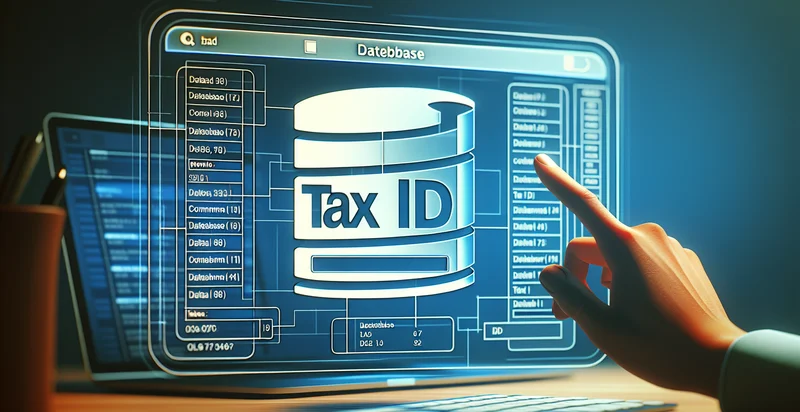Identify if tax id is in a backup file
using AI
Below is a free classifier to identify if tax id is in a backup file. Just input your text, and our AI will predict if the tax ID is in the backup file - in just seconds.

Contact us for API access
Or, use Nyckel to build highly-accurate custom classifiers in just minutes. No PhD required.
Get started
import nyckel
credentials = nyckel.Credentials("YOUR_CLIENT_ID", "YOUR_CLIENT_SECRET")
nyckel.invoke("if-tax-id-is-in-a-backup-file", "your_text_here", credentials)
fetch('https://www.nyckel.com/v1/functions/if-tax-id-is-in-a-backup-file/invoke', {
method: 'POST',
headers: {
'Authorization': 'Bearer ' + 'YOUR_BEARER_TOKEN',
'Content-Type': 'application/json',
},
body: JSON.stringify(
{"data": "your_text_here"}
)
})
.then(response => response.json())
.then(data => console.log(data));
curl -X POST \
-H "Content-Type: application/json" \
-H "Authorization: Bearer YOUR_BEARER_TOKEN" \
-d '{"data": "your_text_here"}' \
https://www.nyckel.com/v1/functions/if-tax-id-is-in-a-backup-file/invoke
How this classifier works
To start, input the text that you'd like analyzed. Our AI tool will then predict if the tax ID is in the backup file.
This pretrained text model uses a Nyckel-created dataset and has 2 labels, including Tax Id Not Present and Tax Id Present.
We'll also show a confidence score (the higher the number, the more confident the AI model is around if the tax ID is in the backup file).
Whether you're just curious or building if tax id is in a backup file detection into your application, we hope our classifier proves helpful.
Related Classifiers
Need to identify if tax id is in a backup file at scale?
Get API or Zapier access to this classifier for free. It's perfect for:
- Tax Compliance Audit: Companies can utilize the tax ID identifier in backup files to ensure compliance with tax regulations. By cross-referencing data against tax IDs stored in backup files, auditors can quickly verify the legitimacy of transactions and identify any discrepancies in financial reporting.
- Fraud Detection: Financial institutions can implement the tax ID identifier to enhance fraud detection mechanisms. By monitoring for unauthorized or duplicate tax IDs in backup files, organizations can quickly identify suspicious activities and prevent potential financial losses.
- Data Migration Assurance: When migrating databases to new systems, businesses can use the tax ID identifier to ensure data integrity. By validating the presence of tax IDs in the backup files, they can confirm that critical tax-related data has been successfully transferred without loss or corruption.
- Customer Identity Verification: E-commerce platforms can deploy this function to verify customer identities during account creation or significant transactions. By checking tax IDs against backup records, platforms can reduce the risk of identity theft and ensure legitimate customer interactions.
- Regulatory Reporting: Companies involved in regulated industries can streamline their reporting processes by confirming the presence of tax IDs in their backup files. This ensures that all necessary tax documentation is available for submission during regulatory audits or tax filings, reducing the risk of penalties.
- Record Keeping and Archiving: Organizations can leverage this identifier to enhance their record-keeping practices. By routinely checking backup files for tax IDs, they ensure that historical records are complete and accessible, which is essential for both audits and long-term strategic planning.
- Risk Management: Businesses can incorporate the tax ID identifier as part of their overall risk management strategy. By regularly monitoring backup files for tax ID compliance, organizations can proactively mitigate risks associated with improper reporting, potential tax liabilities, and legal ramifications.


